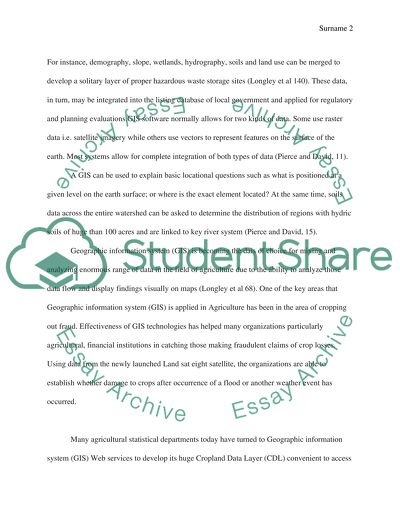Cite this document
(“Geographical information system and agriculture Research Paper”, n.d.)
Retrieved from https://studentshare.org/information-technology/1663611-geographical-information-system-and-agriculture
Retrieved from https://studentshare.org/information-technology/1663611-geographical-information-system-and-agriculture
(Geographical Information System and Agriculture Research Paper)
https://studentshare.org/information-technology/1663611-geographical-information-system-and-agriculture.
https://studentshare.org/information-technology/1663611-geographical-information-system-and-agriculture.
“Geographical Information System and Agriculture Research Paper”, n.d. https://studentshare.org/information-technology/1663611-geographical-information-system-and-agriculture.


